Little gems that brought me joy in 2024
A wonderfully incomplete list of video, audio, words, ideas and tech
This list started as a personal effort to catalog some of the things that brought me inspiration, insight and joy in 2024. It should probably be 100 or 1,000 times longer. I didn’t edit it down; I just failed to add it all up.
That’s okay. The incompleteness demonstrates just how many delightful things I encounter every hour of every day. And that’s kind of the point of taking stock, isn’t it? To notice the good stuff.
I hope something below inspires, enlightens, or otherwise brings you a bit of joy, too.
Posy
Posy’s videos are tough to describe. Each is a lovingly crafted, earnestly (and joyously) narrated homage to some quirky, nerdy thing you probably overlooked or never even heard of. Segmented displays. Electronic paper. A netbook from 2009. The soundtracks are of his own making, too, and they fit each subject perfectly.
Most YouTube videos are disposable, but I find myself returning to Posy’s channel whenever I need a creative boost, to see the world through a fresh (often macro) lens. Beyond the subject matter, Posy’s videos are actually autobiographical, expressions of his own boundless ability to find beauty and magic in the things the rest of us tend to overlook or fail to remember.
Perfect Days
As my 15-year-old son and I unfolded ourselves into the uncomfortable art-house cinema seats, I worried he’d be bored. I worried I’d be bored. Could a feature length film about a middle-aged public toilet cleaner in Tokyo be anything more than a pretentious, if beautiful, meditation? The trailer left me with high hopes. The movie itself far surpassed those expectations.
I can’t begin to describe how moved I was by Perfect Days. Of course, anything by Wim Wenders is going to be gorgeous, but Perfect Days has been described as his lifetime masterpiece. Nonetheless, it was Kōji Yakusho’s sublime performance as Hirayama that gut-punched me at every turn.
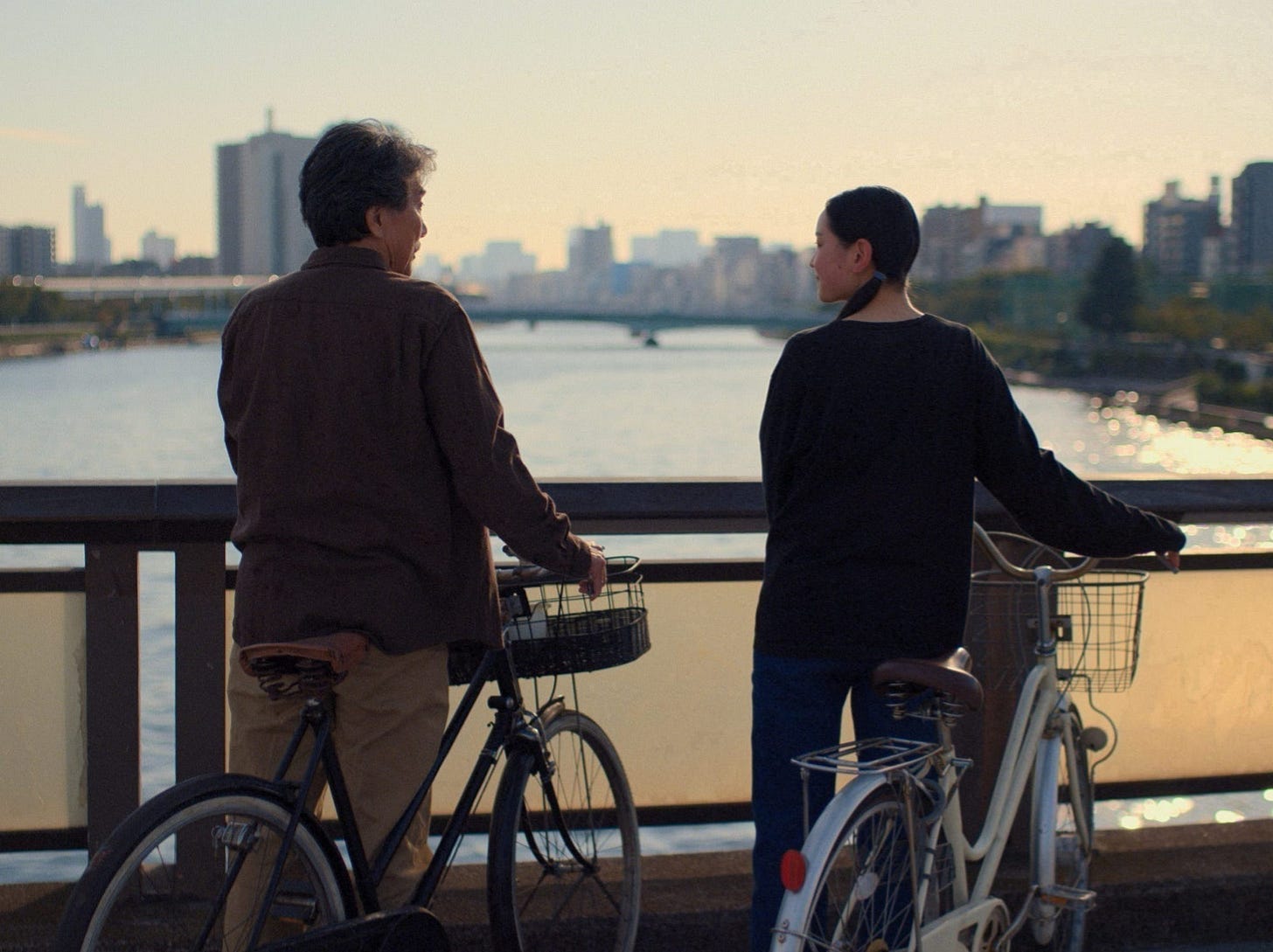
After the end credits, my son and I re-articulated ourselves into standing position. I asked him what he thought, fully expecting gail force teenage ennui and snark. “I don’t know what I just watched. I feel different. It was so good.” Same, my son. Same.
Perfect Days is currently streaming on Hulu and Apple TV+.
Komorebi
Perfect Days gave me another gift this year when it introduced me to the Japanese term komorebi (木漏れ日). Komorebi doesn’t have a direct English equivalent, but refers to the magical interplay of light and shadow created by sunlight filtering through leaves.
This theme is reflected in many ways throughout the movie, most literally in the black and white photos Hirayama takes with his little Olympus camera while eating lunch on a park bench. He keeps the printed photos in cardboard boxes, taking them out to reflect upon them as if they were his most cherished family memories.
Komorebi highlights the importance of taking note, of being appreciative even of the most fleeting moments.
El Estepario Siberiano
YouTube is a great place to get sucked down a vacuous rabbit hole of loss and woe. It’s also a great place to see the best of the best of the best do their thing. Such is the case with El Estepario Siberiano, a Spanish drummer described by other drummers as maybe the best there is. A drummer who makes other drummers want to break their sticks in frustration. In fact, he’s created an entire cottage industry of drummers reacting to his videos, including Rick Beato.
Technically (and ridiculously) proficient, fast, creative, versatile, irreverent, and totally unique, El Estepario gets more sound out of a minimal drum kit than others get out of a full rig—even when he’s playing with just one hand.
Here’s the thing: you don’t need to appreciate drumming to experience jaw-dropping awe at the talent and skill he brings to the game. The craziest part is that he basically appeared out of nowhere at the height of the pandemic. There’s a fascinating backstory, of course, and he’s pretty transparent about it. Spoiler: hit bottom, find a purpose, and practice all day and night.
Whether he’s covering Slipknot, C+C Music Factory (yes, it’s true), Dream Theater, Toto, The Weeknd, or proving he’s actually a robot trained by aliens, he’s wildly entertaining and worth the sub.
Late Insomnia
Wait, what? Insomnia as something to be grateful for? It’s possible to cast almost anything in a positive light with some creative reframing. So why not insomnia?
I had chronic insomnia years ago, but fortunately licked it. In 2024, though, I started waking up much earlier than I wanted to. Usually sometime between 4:00am and 5:00am. And I mean, wide awake. Not going back to sleep awake. This phenomenon, known as Late (or Terminal) Insomnia is characterized by early waking rather than an inability to get to sleep in the first place.
At first, I tried to coax my mind back into Sleep Mode. If there’s one thing I learned from my earlier experiences with insomnia, it’s that working to get back to sleep is pointless. So, I gave up on that pretty quickly, and decided to try to make the most of things.
As soon as I realize I’m up, I’m up. I get out of bed, splash some cold water on my face, brew a cup of coffee, and try make the most of this found time.
Found time. That’s how I reframed my Late Insomnia. “Hey, you rarely have time to work on your creative side projects. Writing, photography, illustration. Here’s an extra couple of hours!” I’m completely off the clock, no one expecting anything of me. I can do something for myself, something I enjoy, something creatively productive or productively creative.
I know the reasons I’m up early. I know I need to address some of those issues, as lack of sleep isn’t a good thing in the long run. On the other hand, I found myself with many hours of unexpected creative time in 2024, and that will continue into 2025, if not beyond. So while I’m not thrilled about losing sleep, I am happy about the small windfall of free time it’s afforded me. At least, that’s how I’m reframing it.
Fujifilm X-S20
Can a piece of gear make you more creative? Most experts will say it can’t, that it’s not the gear but the effort and talent that unlocks creative potential. I’m inclined to agree, but I’ll be damned if this bit of camera kit didn’t unlock a whole a boatload of pent up creativity for me in 2024.
I’d been limping along with an older Canon when I noticed that my iPhone 14 was taking better photos with less effort. I’ve never been a gear guy when it comes to photography, buying into the (mostly, but not completely) correct belief that “the best camera is the one you have with you.” When I realized it was time to upgrade, I figured I’d get another Canon. Good value for the money, reliable, with a great ecosystem of lenses and support.
When I started shopping, though, Fujifilm cameras kept popping into view. I’m not too proud to admit that I was initially attracted by their good looks and retro styling. One of the best cameras I owned was an old Canon A1, and there was something about the Fujifilm lineup that tugged at my nostalgic heart strings.
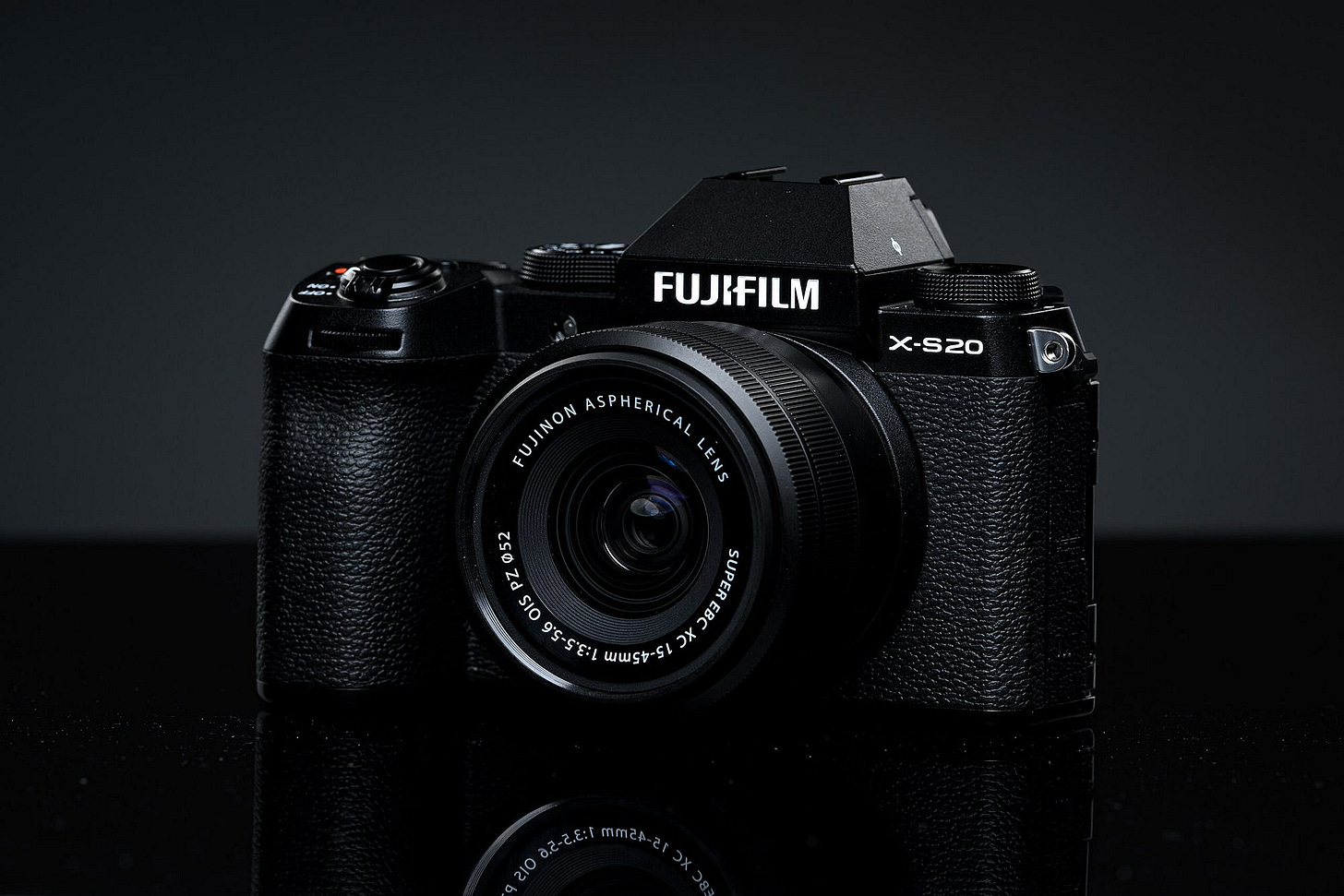
The more I learned, the more I was convinced my next camera would be a Fujifilm and, in specific, the relatively newly released X-S20. Some combination of outstanding reviews, excellent feature set, compact ergonomics, articulating display, and reasonable price point sealed the deal. Compatibility with Fujifilm’s outstanding X-mount lenses was icing on the cake.
What I wasn’t prepared for was the journey I was about to take with this little gem. I shot on and off, for many years, but never really found my voice as a photographer. The way the X-S20 felt in my hands, and the glorious images it captured—especially with the XF 33mm F/1.4 lens—made me want to carry it everywhere. And so I have.
Finding my voice, though, has been the best and most challenging part. Fujifilm cameras are known for their excellent JPEG capabilities and automatic shooting modes. Over time, though, I found these conveniences constraining and started to switch to a more manual mode of shooting. I switched from JPEG to JPEG + RAW, and now I’m shooting exclusively in RAW. Basically, as my confidence increased, so did my desire to control the entire shooting experience.
This means a greater percentage of my photos are garbage. On a typical outing, I’ll shoot anywhere from 30–70 photos, of which maybe 2 or 3 are keepers. Each month, however, the quality of those “keepers” improves just a bit. At first it was hard to accept just how inept I was, how poor most of my photos were. I had to go back into “student” mode, to accept that the point was to learn and push boundaries. Process over output. The journey became the destination, in other words.
I decided to join the unofficial ranks of the beloved or despised street photographer (depends on which end of the lens you’re on, I suppose). Living in NYC, there’s no shortage of inspiration. A single subway platform could fill an entire gallery with wild moments if you’re patient. One of the highest bits of praise I received was an actual-for-real photographer noting that my work reminded him of Saul Leiter. I’ll take it. I’m also trying to finish a years-long photo essay about Brooklyn’s Green-Wood Cemetery (stay tuned).
So, did the camera make me a better photographer, or have I just started taking my hobby more seriously? While the latter is certainly true, it’s also true that the camera unlocked something in me. The way it looks and feels, the satisfying shutter snap, the tightness and clarity throughout—all of it motivates me, makes me want to shoot. Or, at least, it sweetens the deal. The rest is on me.
To see my progress, you can follow me on Glass, Threads or Bluesky.
Re-Reading
I rarely reread books. The list of books I want to read will outlive me by decades, and my favorite books feel like special moments, better remembered than revisited. (Philosophical tangent: if you could go back in time to relive your most beloved memories, would you? I don’t think I would.) Nonetheless, 2024 found me rereading two books for different reasons.
The Great Gatsby
The Great Gatsby falls into the bucket of books I didn’t originally appreciate, but felt I should give another go. This was actually my third ride on the Gatsby carousel, the first two as required reading in high school and college. Though I like to think I was precocious, I was actually more of a poseur. I thought this breezy little novel couldn’t possibly hold up to the likes of the inscrutable Ulysses or the even more inscrutable Desolation Angels. This was back when I thought inscrutable meant profound.
Shortly after the election (remember that?), I heard someone quoting from Gatsby:
“Americans, while occasionally willing to be serfs, have always been obstinate about being peasantry.” — Nick Carraway (The Great Gatsby)
Seemed timely. I decided to give Gatsby another go, and this time it stuck the landing. I’d previously considered Gatsby a glib, flapper-era critique of wealth and the hollowed-out humans it creates—or vice versa. Fitzgerald’s dazzlingly witty yet comparatively economical prose only added to my misconception.
This time I understood Gatsby for what it really is: a revelatory and barbarous exploration of America’s never-ending wrestling match with class, wealth, and power. The fact it was written a century ago was oddly reassuring: we aren’t wrestling with new monsters, but modern incarnations of the same monsters we’ve always wrestled with.
Small thing: I didn’t technically reread Gatsby; I listened to an audio version read by Leslie Odom Jr. This was an absolutely brilliant if unexpected casting decision, and one I’m sure added to my newfound appreciation for the book. Hearing Fitzgerald’s dazzling prose spoken so mellifluously and beautifully allowed them to shine all the more.
Analog In, Digital Out
Since 2023, I’ve been trying to line up guest speakers for our design team. One of the first people I thought of was Brendan Dawes. I’m not one for idolizing people in general, much less designers, but my respect and admiration for Dawes runs deep. Besides being immensely creative, talented and inspiring, he’s more gracious, humble and generous than almost any designer I know. So it was equal parts surprising and unsurprising when he agreed to do the talk. (It was fantastic.)
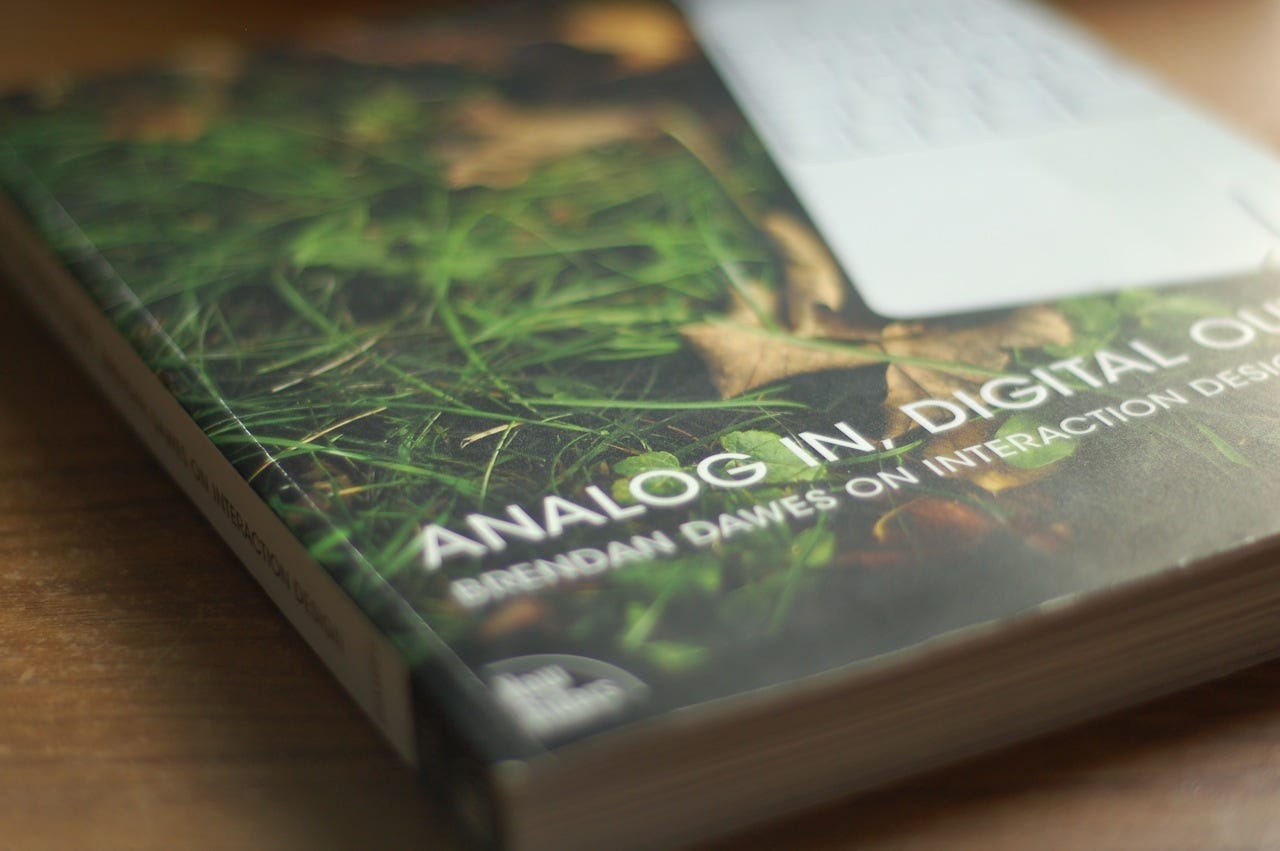
Brendan asked if there were topics or themes I’d like him to talk about. I said I’d get back to him, and straightaway started perusing my highlighted, sticky-noted copy of his 2007 book, Analog In, Digital Out. There are only a handful of design books I keep within arm’s reach, and this is one of them.
When I first read Analog in 2007, I was full steam ahead on the notion that good design is good business. Still am. Mostly. But Dawes’ book reminded me of what drew me to design in the first place: the desire to create: the desire make things for people, to push boundaries, redefine experiences, and just generally break (or ignore) rules in order to uncover what’s next.
At a team offsite earlier this year, a colleague said the lyric that defined my career would be Tell Me Why from the Backstreet Boys song, I Want it That Way. Wouldn’t have been my first choice for inspiration, but I have to acknowledge the accuracy. I’m the pest who’s always asking why this or that design decision was made or, perhaps more annoyingly, why we’re even designing / redesigning this in the first place?
“My guiding philosophical question is: Why does it have to be like that?”—Brendan Dawes
That’s when it dawned on me that I needed to re-read Analog In, Digital Out. Clearly Analog had a profound impact on me as a designer, and my colleague’s quip made me wonder how, or if, I’d lost my way over the years.

Analog isn’t a treatise or manifesto, at least not overtly so. Instead, each chapter is a retelling of one of Brendan’s intriguing design experiments—its motivation, execution, and outcome. This case study format makes it easy to overlook how powerful the narrative arc is when read cover to cover. Each experiment is so unique and unusual, yet stitching them together reveals a way to think about design, about the creative process, and about what really matters when we make things.
To convey a sense of the spirit of Analog without diving delving into each experiment, here are a handful of the 30 chapter titles:
Designing for My Mum
A World without Undo
Contextual Memories
Evidence of Use

I’m deeper in the belly of the corporate beast than ever, even more than when I first read Analog in 2007. Meanwhile, design as a profession is facing an existential crisis. (To be fair, design is always facing an existential crisis, but this time feels more existential than times past.) Therefore, it was with some relief that I realized I hadn’t completely lost my way, that much of what I’d gleaned from Analog years ago was still influencing my little design brain today. Tell me why, indeed.
“Creativity is not about playing safe, and it never should be. It should scare the hell out of you at times. It should put you in uncomfortable places that challenge you at every step.” — Brendan Dawes, Analog In, Digital Out
This nearly 20-year-old book offers an escape hatch, a potential path out of the morass designers are facing today. It’s a thing so blindingly obvious, it’s amazing how many of us have forgotten it’s right there, waiting for us to remember it’s what gives us credibility and power: creativity.
Tech
Since I’m physically welded to a device 23.7 hours a day, I figured I’d share a few bits of tech that made me happy in 2024.¹
Raycast
I was hesitant to use Raycast. As a longtime and loyal Alfred user, I didn’t want to have to start from scratch with a new Spotlight replacement. However, it was hard to ignore the praise Raycast was receiving. After watching some demo videos, I decided to disable Alfred for a week and give Raycast a chance to win me over. I haven’t looked back.
Raycast describes itself as a “shortcut to everything. A collection of powerful productivity tools all within an extendable launcher. Fast, ergonomic and reliable.” Accurate, but about as sexy as a Weetabix. Basically, imagine your Mac’s Spotlight feature, but a million times more useful and customizable.
Despite the dry copy, Raycast is beautiful and elegant. Its power, though, comes from its large and growing library of native and third-party extensions. If there’s something you’d like to do with a couple of keystrokes, there’s probably an extension for it. Set a timer, chat with an AI, find a contact, scour your open browser tabs, peruse your clipboard history, send a text, file a Jira ticket, generate alt text, look for a Slack chat, search Wikipedia, get a weather forecast…the list is endless.²
Productivity apps are a mixed bag. Each is tantalizing in its own way, but many add almost as much friction as they promise to remove, and then tack on an annual subscription fee. Raycast is the opposite. It’s lightweight, easy to understand, and lets you customize as much or as a little as you like.
In 2024, Raycast made me a lot more productive, and even a bit more creative. What more can you ask of a productivity app?
Perplexity
Perplexity has become my go-to AI assistant, the first app I hit when I want to do a bit of research, get a summary, try an experiment, or just “Google” a thing or two. It’s become so essential to me that I ponied up $200 for the Pro version.
I still use other AI tools, particularly at work where we’re required to select from a small handful alternatives. They’re all very good, but here are some reasons I prefer Perplexity:
Search: Perplexity operates more like a search engine, and that paradigm feels most familiar and useful to me. It draws from multiple sources, cites those sources, and synthesizes the sources into digestible chunks.
Flexibility: Perplexity’s native AI model is great, but the Pro plan allows me to use other models like GPT-4, Claude, Sonnet, and more—all within the same interface.
Timeliness: It seems as though Perplexity is keeping up with new information more quickly than some other tools. Perplexity claims to be creating new indexes of the web daily, and my experience with provided citations seems to confirm this.
Design: This is subjective, but I really like the way Perplexity looks and feels. As I noted with Raycast, aesthetics matter when you’re hitting a tool several times a day—or an hour.
Xencelabs Graphics Tablet
You probably didn’t read about my quest to find the perfect graphics tablet, so I’ll summarize: I’ve spent too many years and dollars trying to find a simple, reliable graphics tablet for my creative projects, only to be disappointed by the hassles of bloatware, flaky connectivity, and faulty drivers. I wondered why Apple wouldn’t enable connectivity between their Magic Trackpad and Apple Pencil. I ended with an open letter to Tim Cook.
Basically, I spent a lot of time writing a story that could best be described as “a complaint that nearly no one has, nearly no one cares about, and which isn’t really such a big deal when you think about it.” (The story stats affirm this assessment.)
And yet, hope came to me in 2024 in the form of a new tablet from a company I’d never heard of: Xencelabs. Given this, I didn’t place my order for their Pen Tablet Small with high hopes. From the moment it arrived, however, my experience has been overwhelmingly positive. Even the packaging, arguably the least important part of the ownership experience, was a delight.

The hardware is solid (literally) and elegant. The pens (a large and small stylus) feel good in hand, with an unexpectedly pleasing heft and solidity. But what really matters is how well it works—and it works beautifully.
The software, also well designed, made quick work of the setup and customization process. The Bluetooth connectivity is rock solid. The tablet holds a charge for eons. Compatibility with all my graphics apps is spot on. And, most important of all, input is flawless, with terrific accuracy and sensitivity.
A recurring theme for the tech part of my 2024 highlights recap might be, “Productivity tools that are as elegant as they are useful are the best productivity tools of all.” That’s as true for my Xencelabs tablet as the software I mentioned above.
Joyously incomplete
As I noted at the outset, there are just a sliver of the things I found inspiring, entertaining, or enlightening in 2024. I’m hoping 2025 will bring just as many gems, and that next year’s list will be just as joyously incomplete.
¹ The thoughts here are my own. I’ve not been asked to review any of these products, nor am I receiving any compensation.

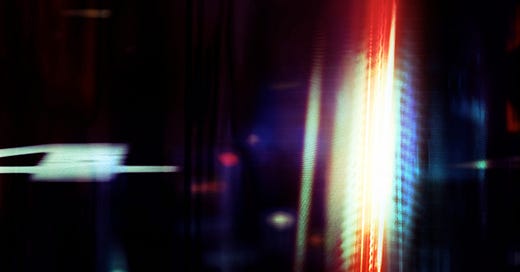


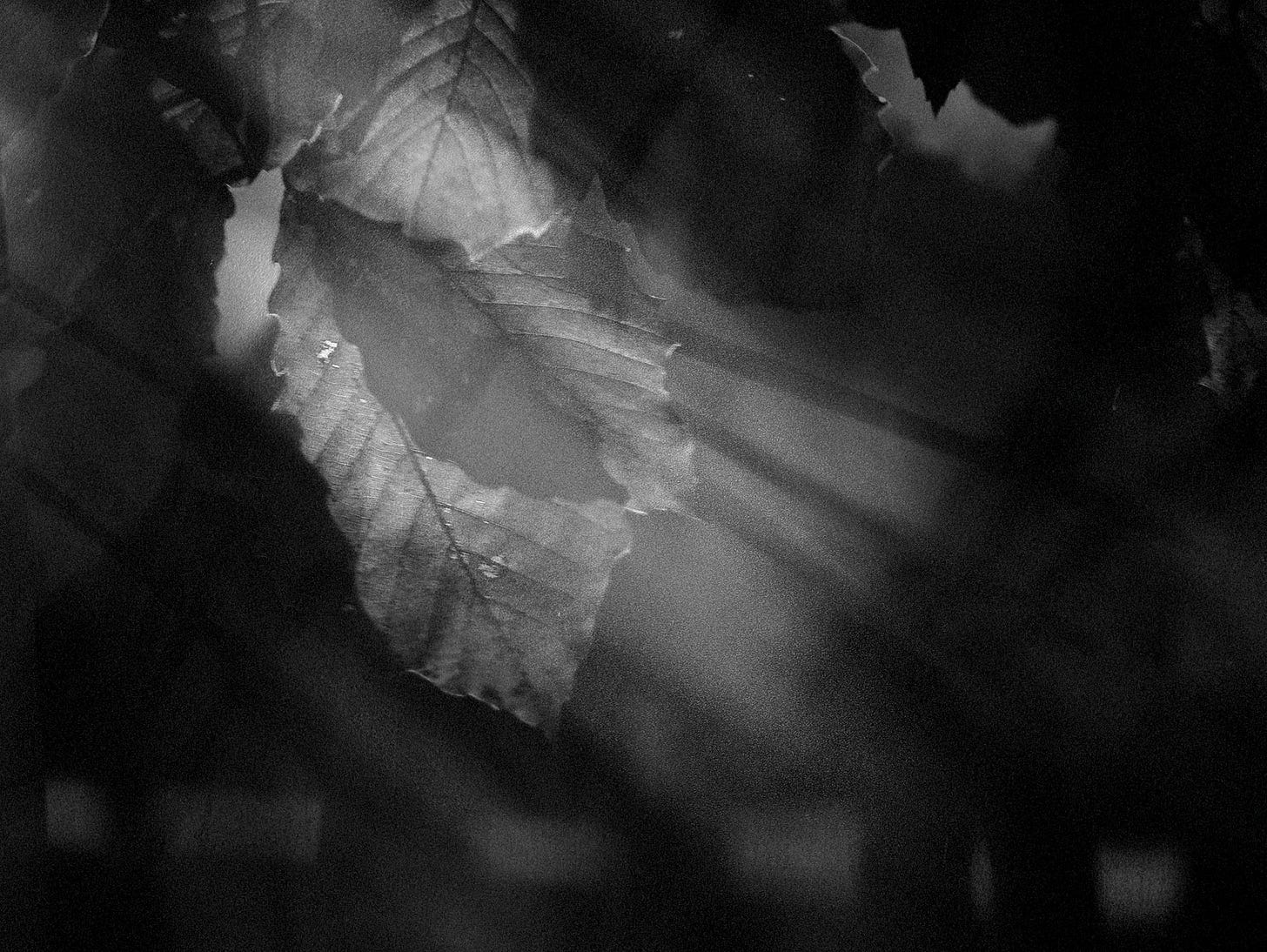
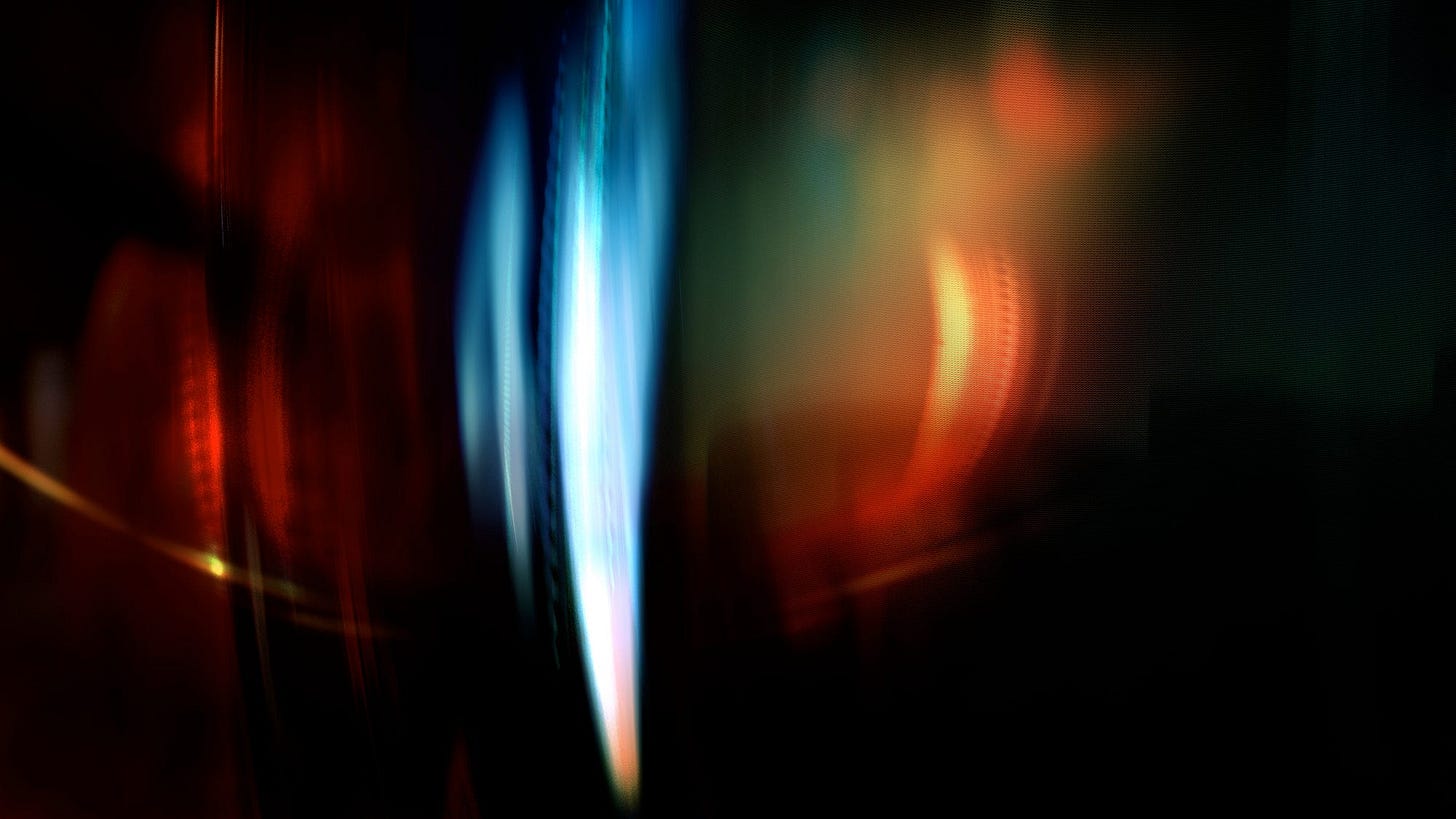

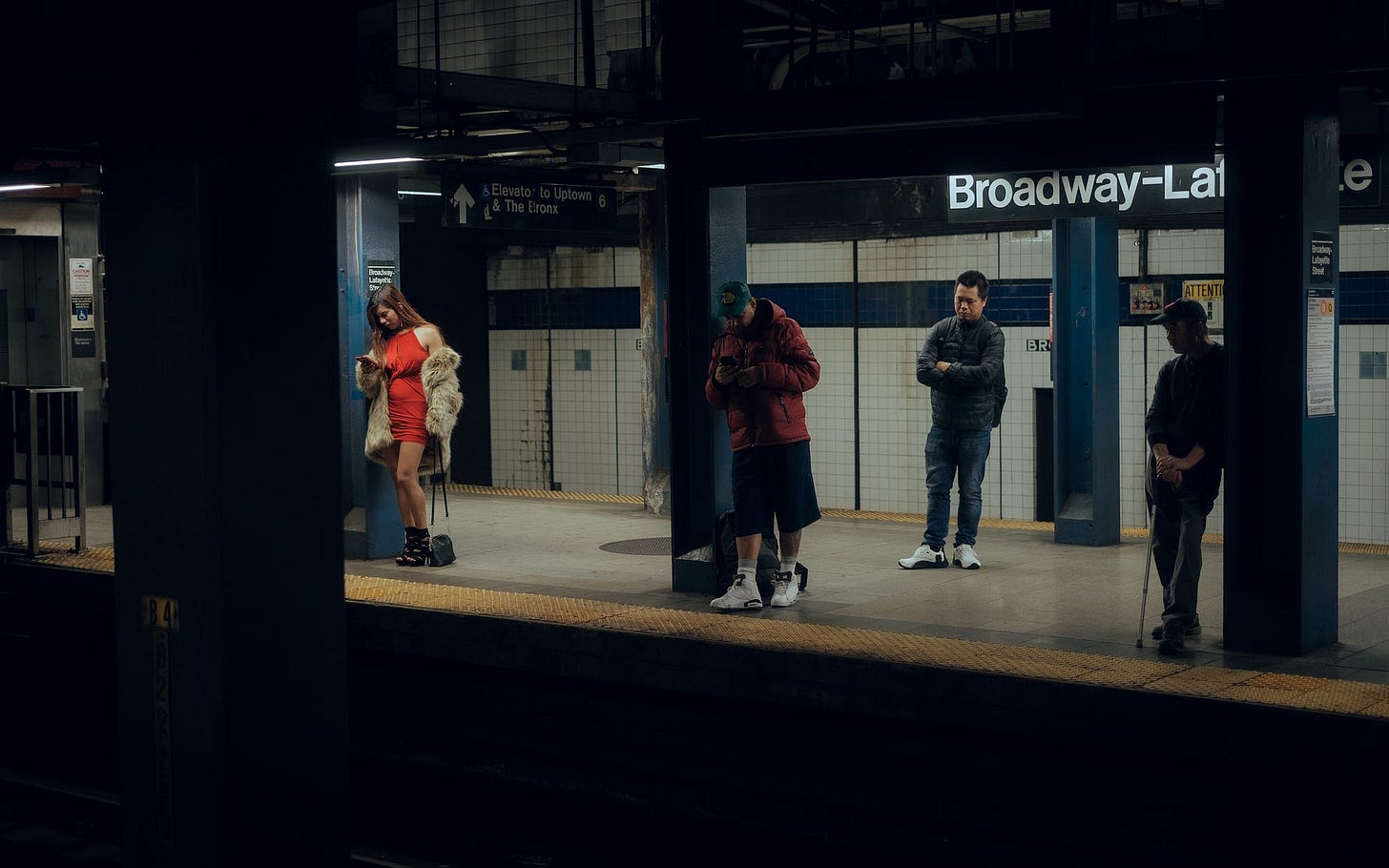

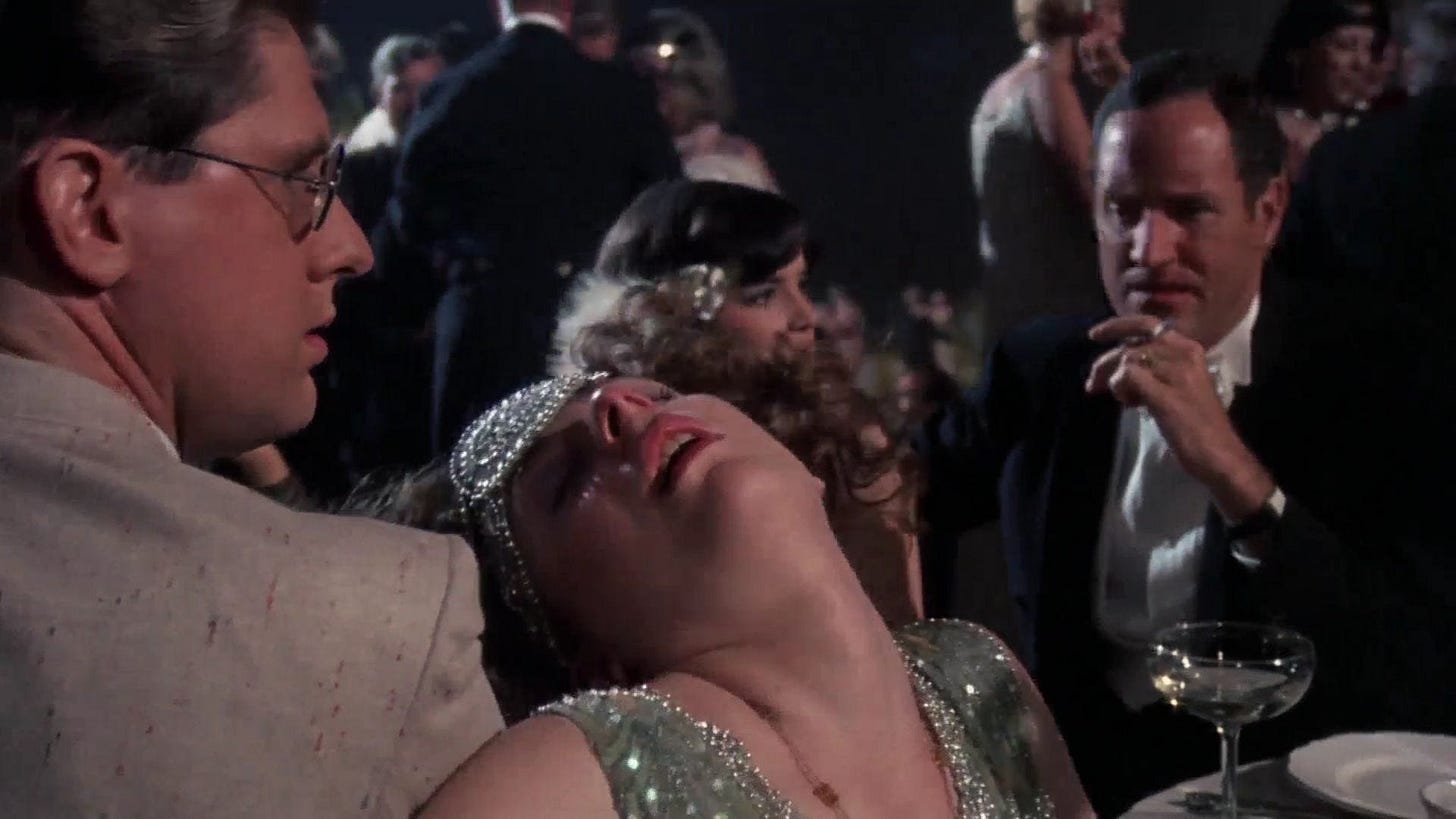
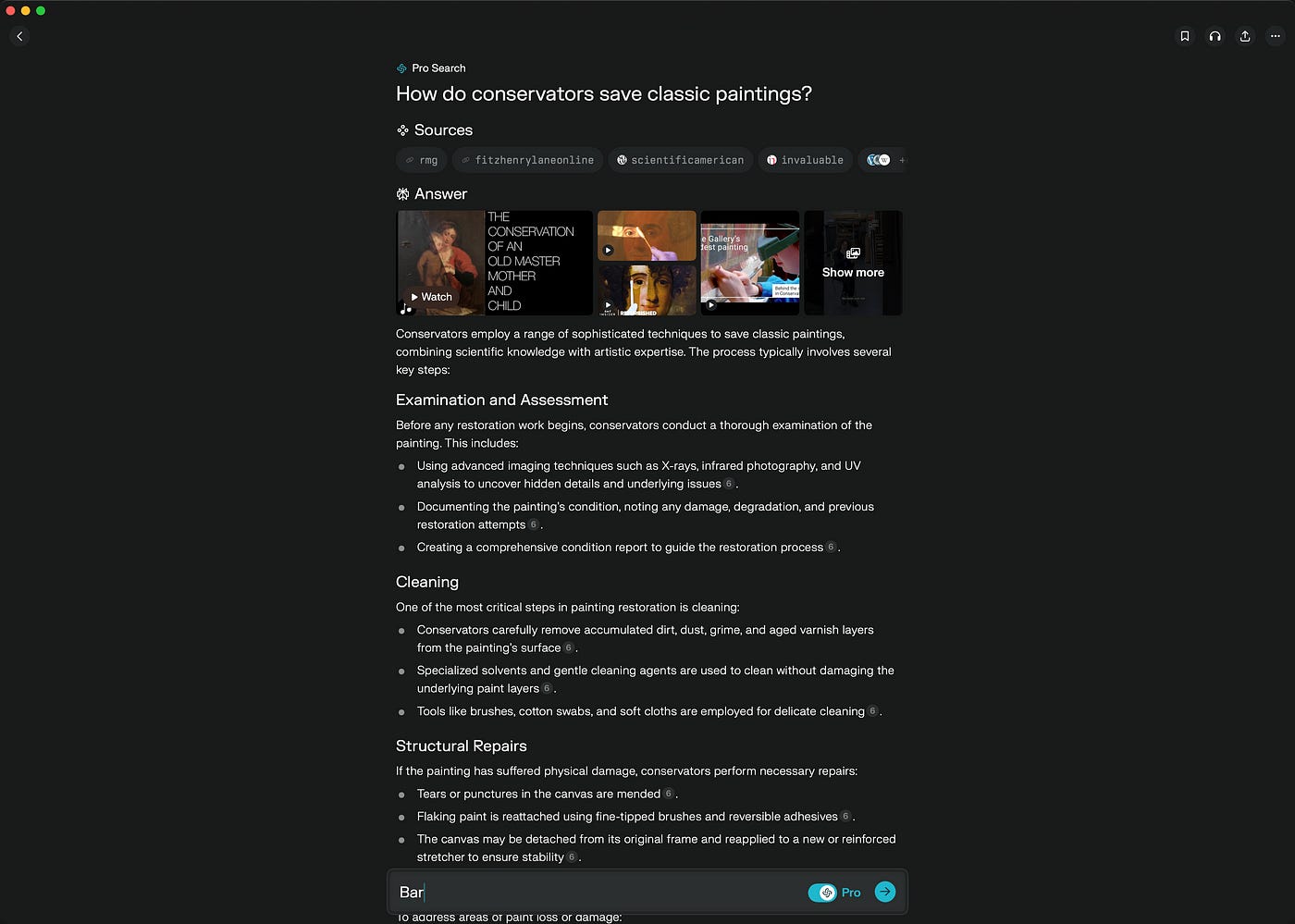
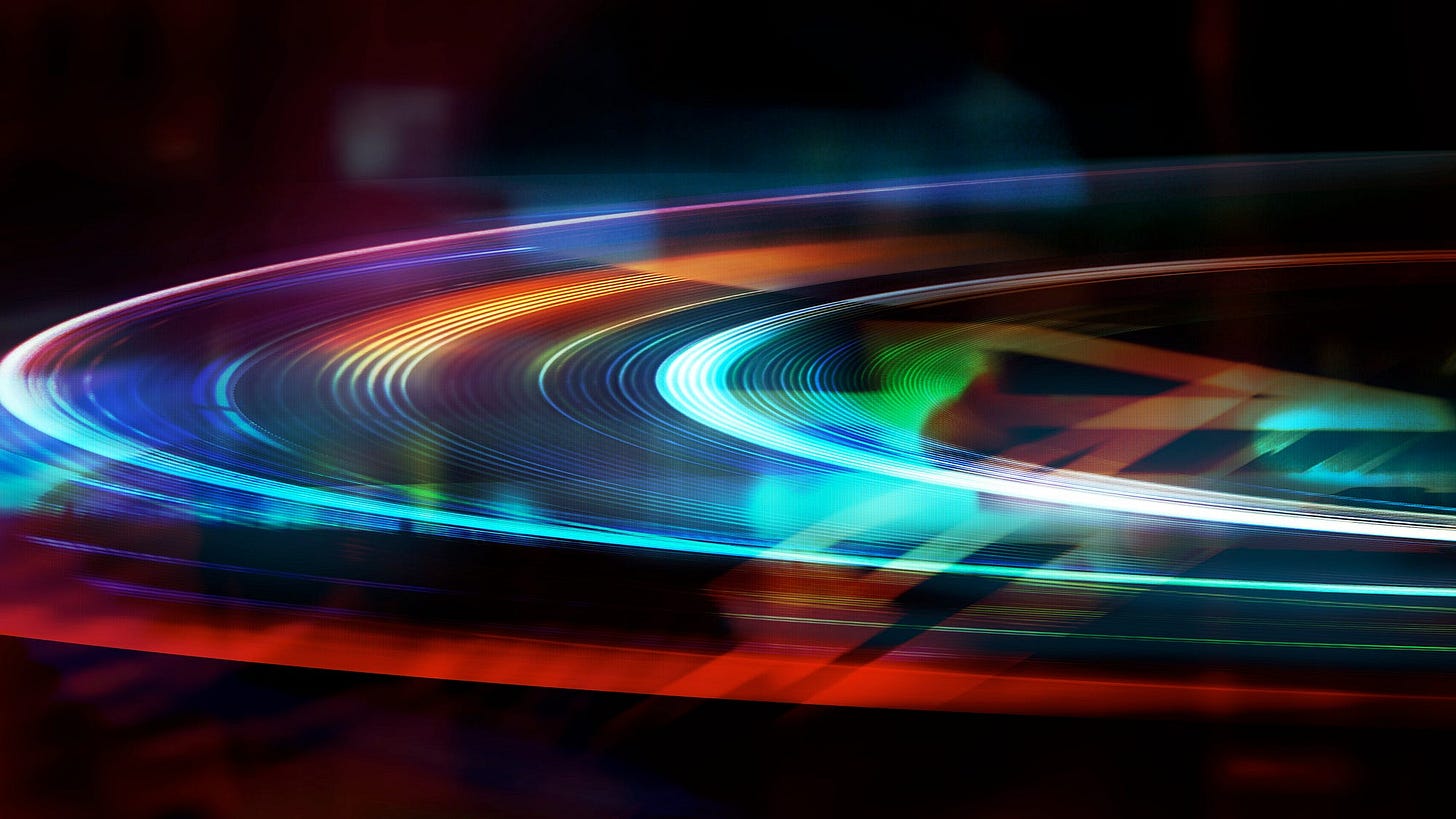
Finally backtracked to read, watch and listen to this whole post! In full, it explains everything about why I appreciate you and a few things I didn’t Know! The Posy stuff uncovered the right amount of nerdiness in you that is attractive to me! All the technical stuff you use in design, at the end of your post, soared past my level of comprehension! Everything in the middle was so fascinating, I had to share parts with some other friends. I particularly loved learning more about your explorations with the new Fuji camera. I will view the film Perfect Days and get ahold of the audio of the Great Gatsby, both of which I know will be to my liking! The relevance of the Great Gatsby to today might be calming knowing we overcame the situation before! The two drumming videos were the bomb! They definitely had to be shared with my musician friends! Thank you for sharing this great wealth of insights into what makes Michael McWatters the vibrant person he is! Keep going!
Loving the photos coming from the X-S20.